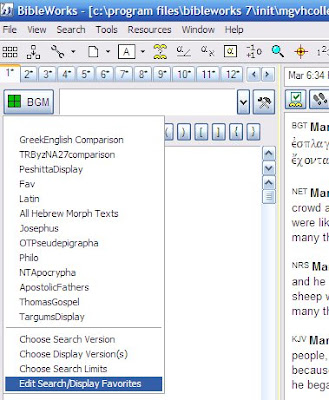That works pretty well except when I am trying to find texts of books online. So here's my opportunity to share the resources I use. Specifically, I'm not looking just for the book but for the text of the book. Usually this is going to mean free, public domain texts.
Using Searchme, I've pulled together the 7 sites I use.
It might be easier to work from this Online Book Search page I created that includes all those sites on a single page.
Some things to note:
- Each of these repositories of books is different. If you don't find the book you want in one, try another.
- Each site is worth checking for the various options it offers. Create your own Google library. Books in the Internet Archive are available as TXT, PDF, B/W PDF, online Flip Book, or in DjVu format. ManyBooks focuses on etexts for mobile devices including the Kindle, but many texts also are available as PDFs. With TynCat, the results page is usually just the starting point leading you into libraries. The Universal Digital Library is somewhat newer and is mainly designed for online reading. The Open Library has a nice collection. When it says you can read a text online, note that there will be a "Print" option for downloading the book as PDF or DjVu. WorldCat is designed to point you to libraries where the book may be found near you (after you enter your postal code), so it isn't really intended for downloads. It has a great way for getting accurate reference citations.
- Don't forget the "Search Inside" feature of many books listed on Amazon. TynCat will help you find such books.













